This article reviews the history of digital computation, and investigates just how far the concept of computation can be taken. In particular, I address the question of whether the universe itself is in fact a giant computer, and if so, just what kind of computer it is. I will show that the universe can be regarded as a giant quantum computer. The quantum computational model of the universe explains a variety of observed phenomena not encompassed by the ordinary laws of physics. In particular, the model shows that the quantum computational universe automatically gives rise to a mix of randomness and order, and to both simple and complex systems.
Get the latest international news and world events from around the world.
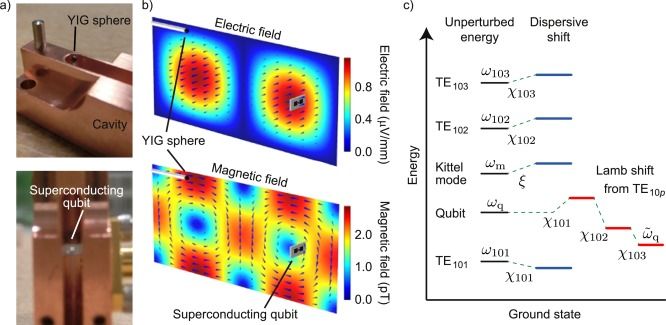
Quantum magnonics: The magnon meets the superconducting qubit
O,.o circa 2016.
Nous appliquons les techniques de l’optique quantique micro-onde aux excitations collectives des spins d’une sphère macroscopique d’un isolant ferromagnétique. Nous mettons en évidence, dans la limite d’une unique excitation magnonique, le couplage fort entre un mode magnétostatique de la sphère et un mode d’une cavité micro-onde. En outre, nous avons ajouté un bit quantique supraconducteur à la cavité, ce qui permet de coupler ce bit quantique au mode de magnon, via l’échange virtuel d’un photon. Nous observons ainsi un anticroisement des fréquences de résonance du magnon et de la cavité. Cette plateforme hybride permet la création et la caratérisation d’états non classiques de magnons.
Human Magnetic Reception Laboratory
Human Magnetoreception! What did we discover? We have confirmed that human neurophysiology is indeed sensitive to magnetism. We have discovered specific rotations of earth-strength fields that trigger distinctive brain wave activity that shows that we are subconsciously processing geomagnetic stimuli. Why is this so important? We’ve known about the five.
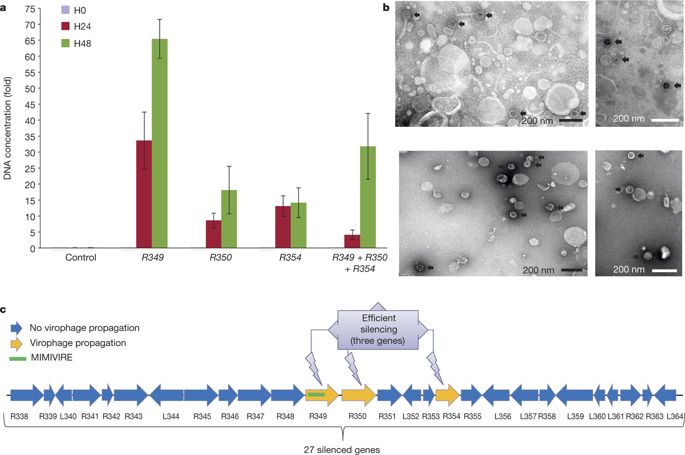
MIMIVIRE is a defence system in mimivirus that confers resistance to virophage
👽 Giant Viruses : “Mimiviruses”
(Jan 2016)
Fyodor R., issue 3, refund institute
Biologist Didier Raoult is one of the leading experts in Microbiology, he is all over TV right now in France, providing leadership during this Covid outbreak of 2020.
👽 What are they?
Mimiviruses are so large that they are visible under a light microscope. Around half a micrometre across, and first found infecting amoebae living in a water tower, they boast genomes that are larger than those of some bacteria. They are distantly related to viruses that include smallpox, but unlike most viruses, they have genes to make amino acids, DNA letters and complex proteins.
Gigantic mimiviruses fend off invaders using defences similar to the CRISPR system deployed by bacteria and other microorganisms, French researchers report. They say that the discovery of a working immune system in a mimivirus bolsters their claim that the giant virus represents a new branch in the tree of life.

Antibody responses to SARS-CoV-2 in patients of novel coronavirus disease 2019
The novel coronavirus SARS-CoV-2 is a newly emerging virus. The antibody response in infected patient remains largely unknown, and the clinical values of antibody testing have not been fully demonstrated.
Methods
A total of 173 patients with SARS-CoV-2 infection were enrolled. Their serial plasma samples (n=535) collected during the hospitalization were tested for total antibodies (Ab), IgM and IgG against SARS-CoV-2. The dynamics of antibodies with the disease progress was analyzed.

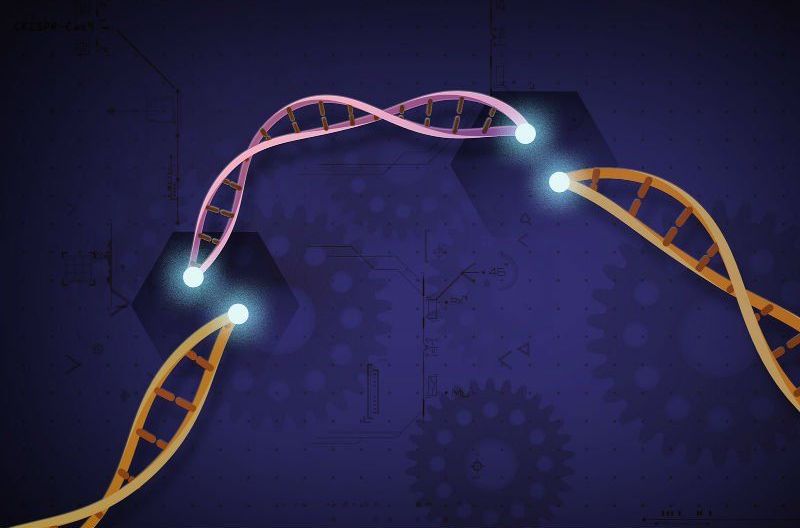
CRISPR Therapeutics braces for ‘severe impact’ from COVID-19 crisis
April 1, 2020
It was supposed to be an exciting time of next-gen science, where CRISPR gene editing was being used in the first series of human trials in the hope this tech could help cure a range of diseases.
But one of its proponents, CRISPR Therapeutics, has, alongside a growing number of biopharmas, admitted the spreading COVID-19 pandemic is starting to see it be “adversely affected.”
In a Securities and Exchange Commission filing Tuesday, the biotech said: “We are conducting a number of clinical trials for product candidates in the fields of severe hemoglobinopathies and immuno-oncology in geographies which are affected by the coronavirus pandemic.
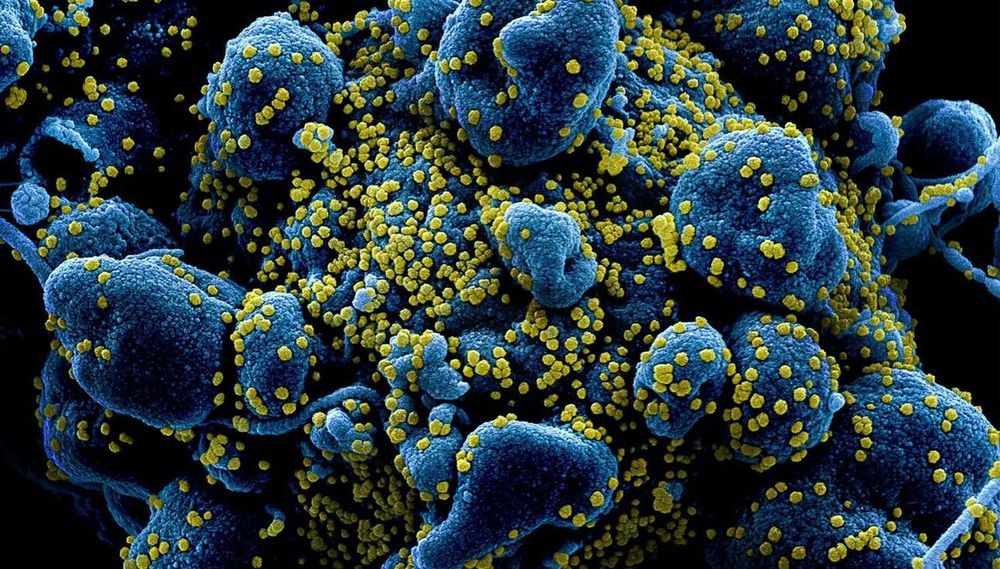

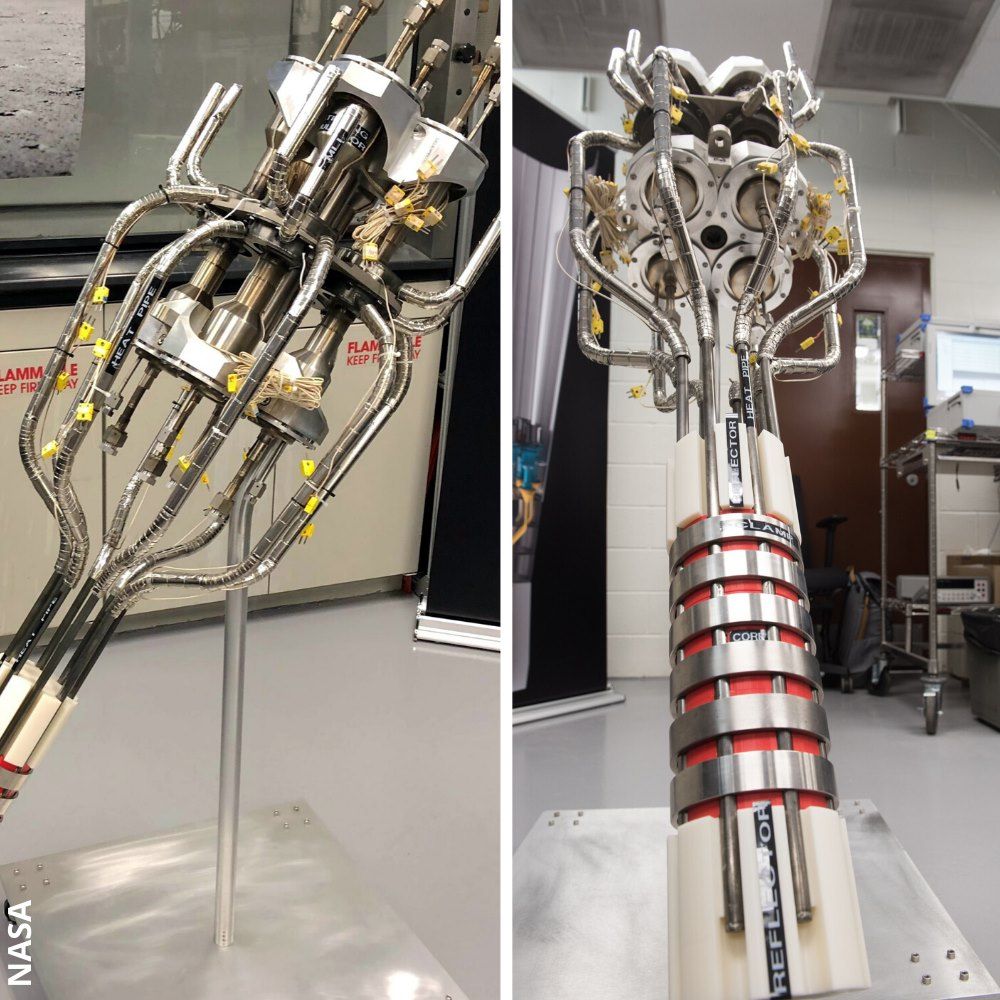
Kilopower is a small, light-weight fission nuclear power system capable of providing up to 10 kilowatts of electrical power
Kilopower is a small, light-weight fission nuclear power system capable of providing up to 10 kilowatts of electrical power — enough to run several average households continuously for at least 10 years.
Four Kilopower units would provide enough power to establish an outpost on the Moon or Mars.
#engineering